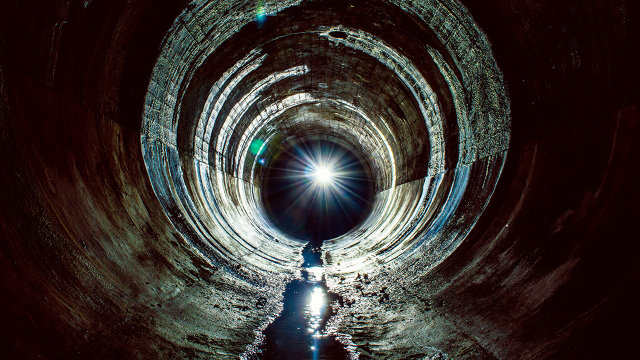THE SCIENCE OF TRIPPING AND ITS IMPACT ON CREATIVITY
Proponents of psychedelic drugs have long insisted substances like LSD and psilocybin–the compound found in magic mushrooms–expand the mind, provide novel insights, and boost creativity. But only recently has scientific evidence started to bolster these claims. A new study in the journal, Human Brain Mapping and ongoing research into LSD at the Imperial College London, has begun to demonstrate that mind-altering substances increase communication between various regions in the brain, leading to mental states that are highly imaginative, sensorily vibrant, and emotionally intense.
But scientists aren’t merely confirming that hallucinogens are fun to do. If the effects of these drugs could be harnessed, then theoretically, they could be used to deliberately fuel creative output. “It’s possible that we could learn what sort of mode the brain enters when one has creative insights on the drug and then maybe we could learn about how that could be harnessed without it,” says Robin Carhart-Harris, a post-doctoral researcher at the Centre for Neuropsychopharmacology at Imperial College London and a co-author of the study.
The Research Trials
For the current paper, the researchers injected 15 participants with psilocybin and then put them in an MRI scanner. Subjects were over 21, non-claustrophobic, and had at least one previous experience with psychedelics (to ensure that nobody freaked out when they started hallucinating).
This intravenous method is “like a rocket launch,” Carhart-Harris explains. Subjects rapidly go “from normal consciousness to deep in the psychedelic state. They might have visual hallucinations, see fractal geometry, maybe animals and landscapes.” It’s akin to what we experience when we dream. And most interesting, subjects experience what researchers call a “dissolution of the self.”
“The brain networks that control our personalities and our ongoing stream of consciousness appear to be particularly affected by psychedelic drugs,” says Carhart-Harris. “This activity, which happens in the higher-level regions of the cortex, and is highly organized, collapses. On psychedelics, the sense of self, created by all of our previous experiences, doesn’t seem quite so solid. There’s a sense of uncertainty but also novelty. People start experiencing the world with almost child-like eyes.”
In other words, we lose ourselves.
“When an incredible piece of art is made, there is something entirely selfless in the act,” Carhart-Harris says. “There’s a spontaneity, an absence of self-consciousness.” Of course, making great art requires focus and persistence in addition to imagination. If you simply “take the breaks off” the mind, Carhart-Harris acknowledges, the mind will end up creating “a lot of junk.”

It took the scientists a full three years after conducting the psilocybin study to analyze the data they collected. Which means understanding how these drugs work is a slow process. An ongoing study of LSD has subjects taking the Torrance creativity test (thinking up alternate uses for mundane objects) while on the drug or a placebo. Not surprisingly, preliminary results show that people find more creative uses for cardboard boxes when high.
But it’s difficult to get a true baseline reading of creativity, or to even see how the brain functions in the midst of an imaginative act. “You lose a lot of the real-life validity of the creative phenomenon when you try and isolate it and examine it experimentally,” Carhart-Harris says. Just ask a painter to produce a world-class work of art from inside an MRI machine. Flashes of inspiration are unpredictable by nature; we can’t just make artists sit around in a lab until the light bulb goes off.
So there won’t be any creativity drugs on the market any time soon. But if you’re eager to see how psilocybin or LSD could affect your own creative output, you should give Carhart-Harris a call. (His team relies on word of mouth to attract subjects.) When you crawl deep inside the rabbit hole–or, for that matter, the MRI machine–you never know what you’ll find.